
Hi There, Ausstellungsansicht Kunsthaus Baselland
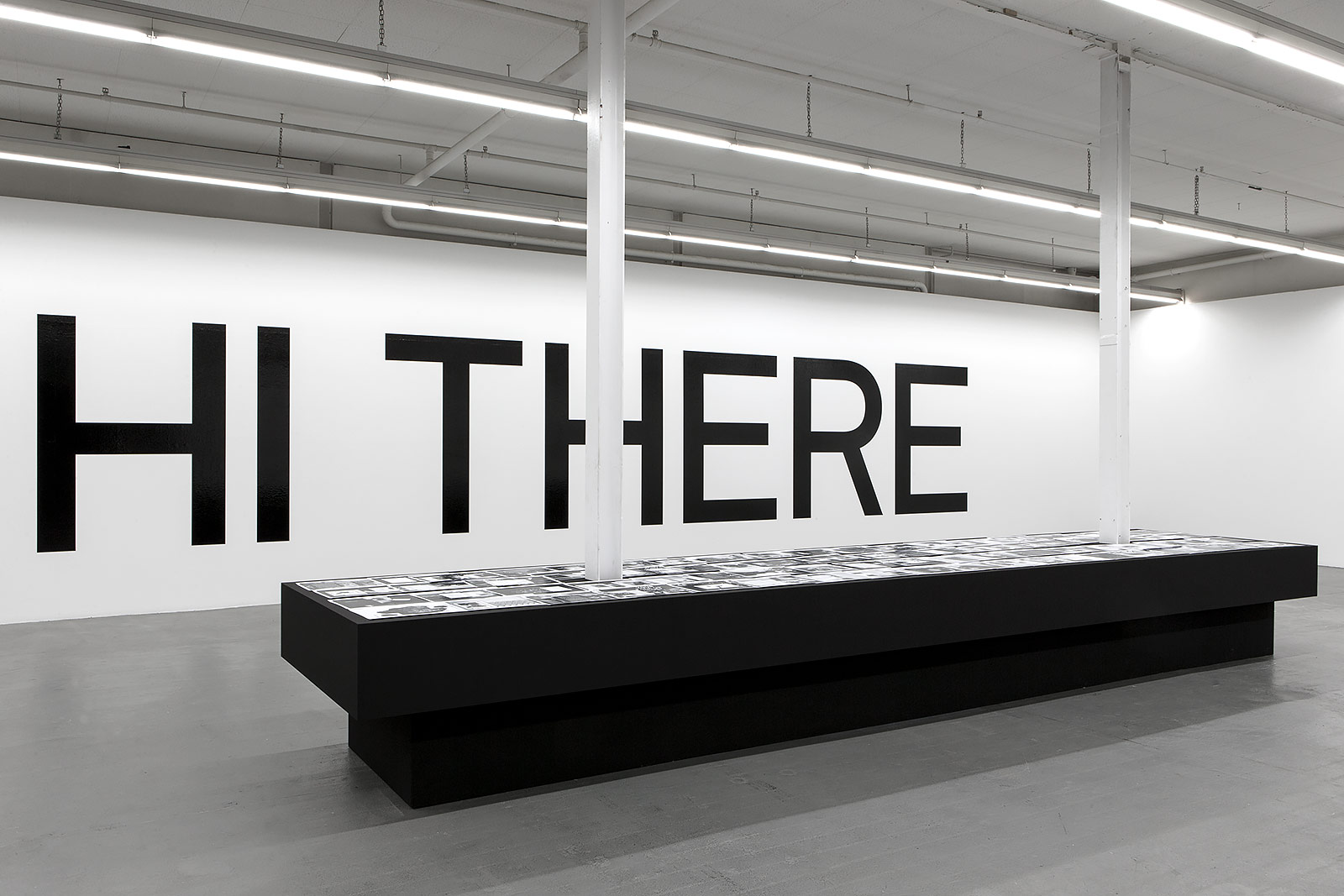
Hi There, Ausstellungsansicht Kunsthaus Baselland, Foto: Gina Folly
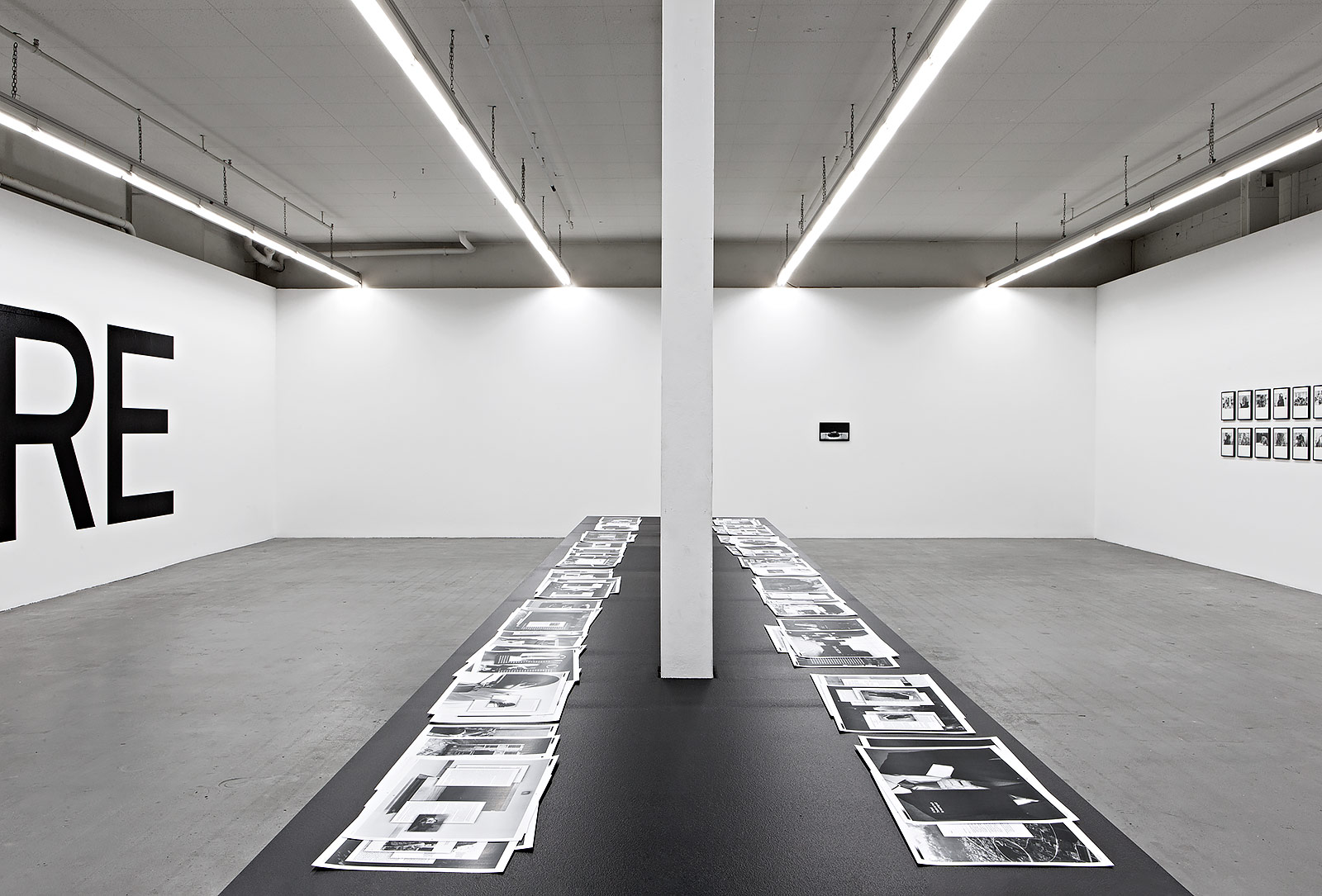
Hi There, Ausstellungsansicht Kunsthaus Baselland, Foto: Gina Folly

Hi There, Installationsansicht (2 MIn. Videoloop aus dem Science-Fiction Film Caltiki - The Immortal Monster, 1959)

so, anyway, Fotoserie, Ausstellungsansicht Kunsthaus Baselland, Foto: Gina Folly
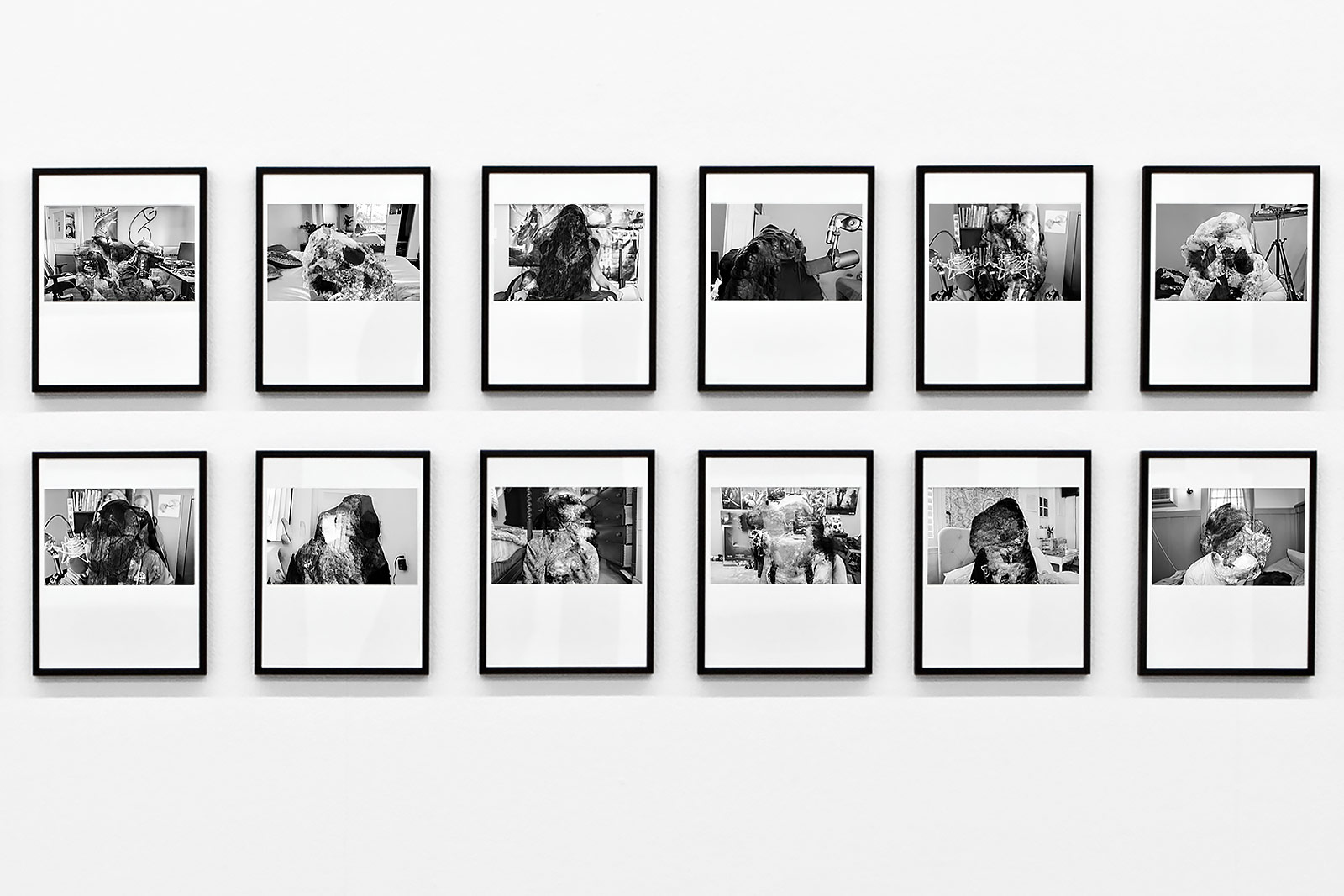
so, anyway, Fotoserie, Ausstellungsansicht Kunsthaus Baselland
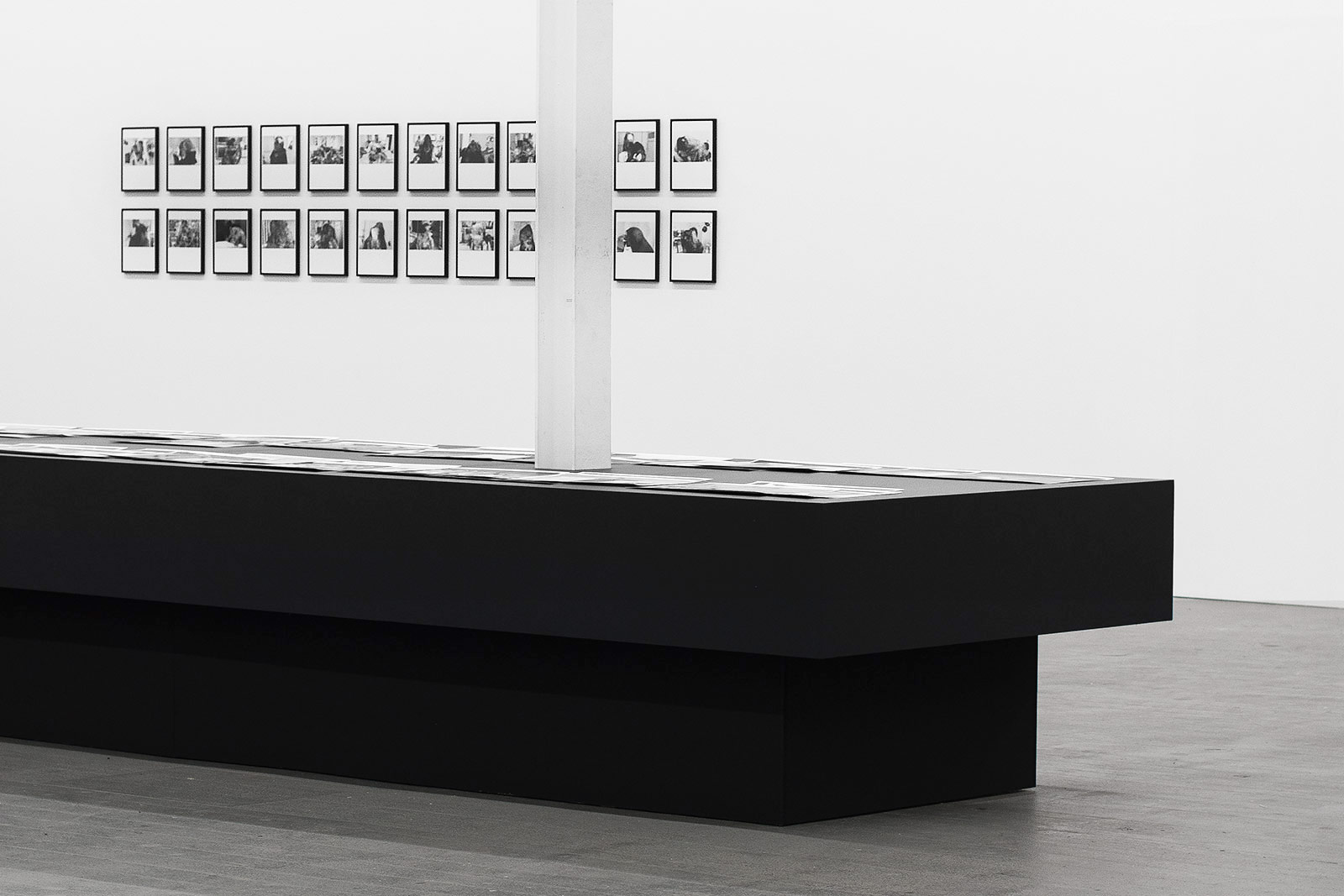
so, anyway, Fotoserie, Ausstellungsansicht Kunsthaus Baselland
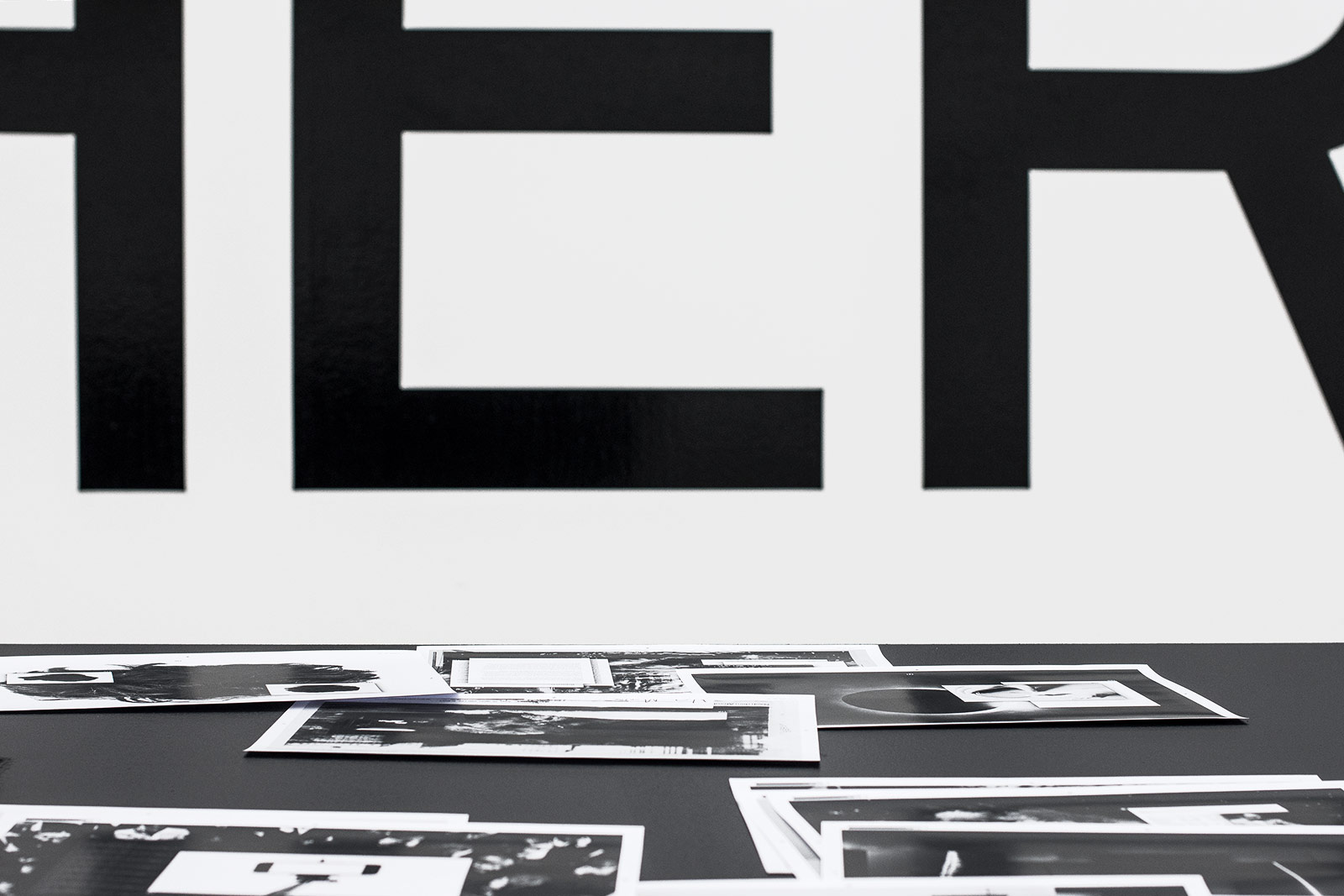
Hi There, Detail
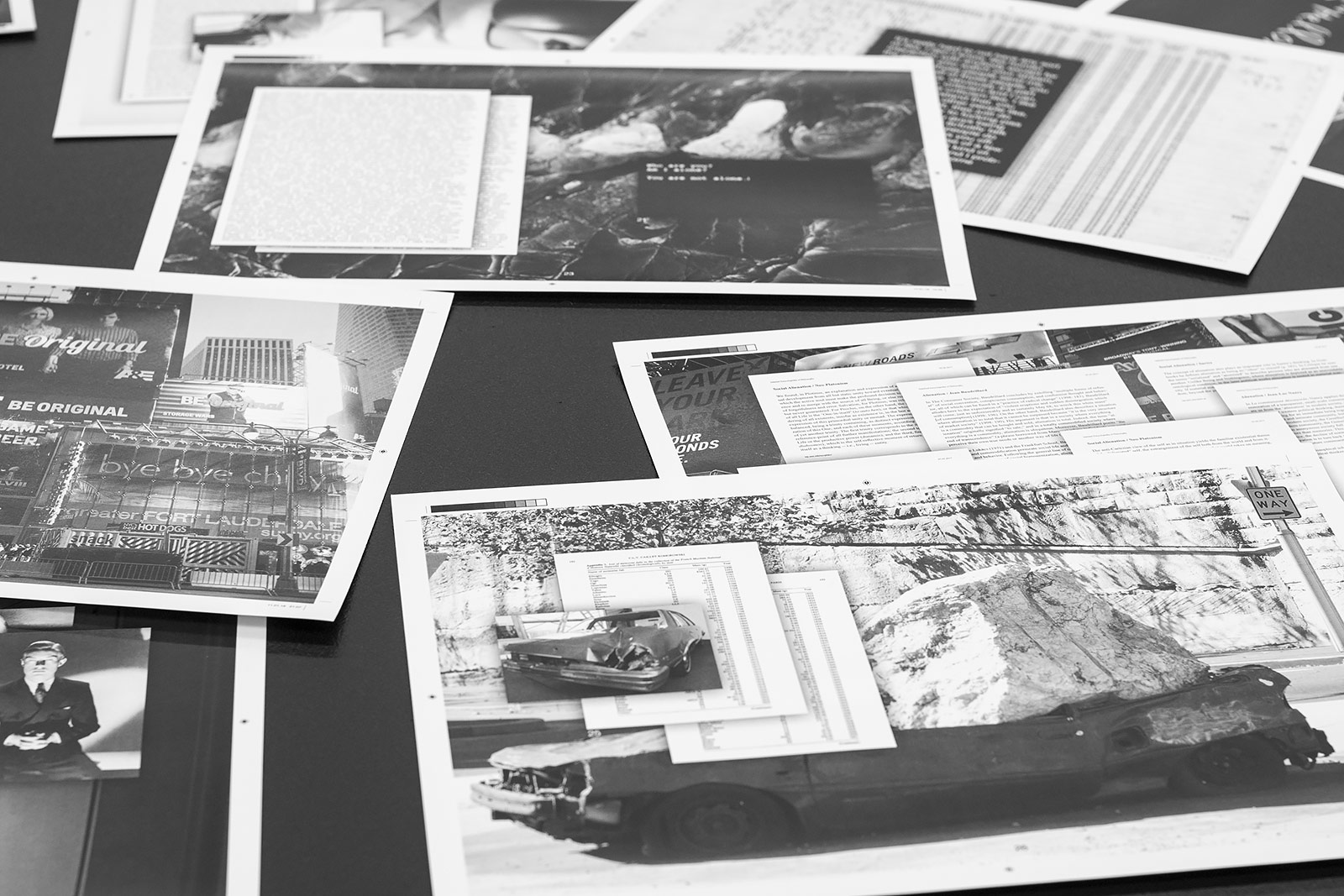
Hi There, Detail (83 Druckbögen auf Podest)

Hi There, Detail (83 Druckbögen auf Podest)
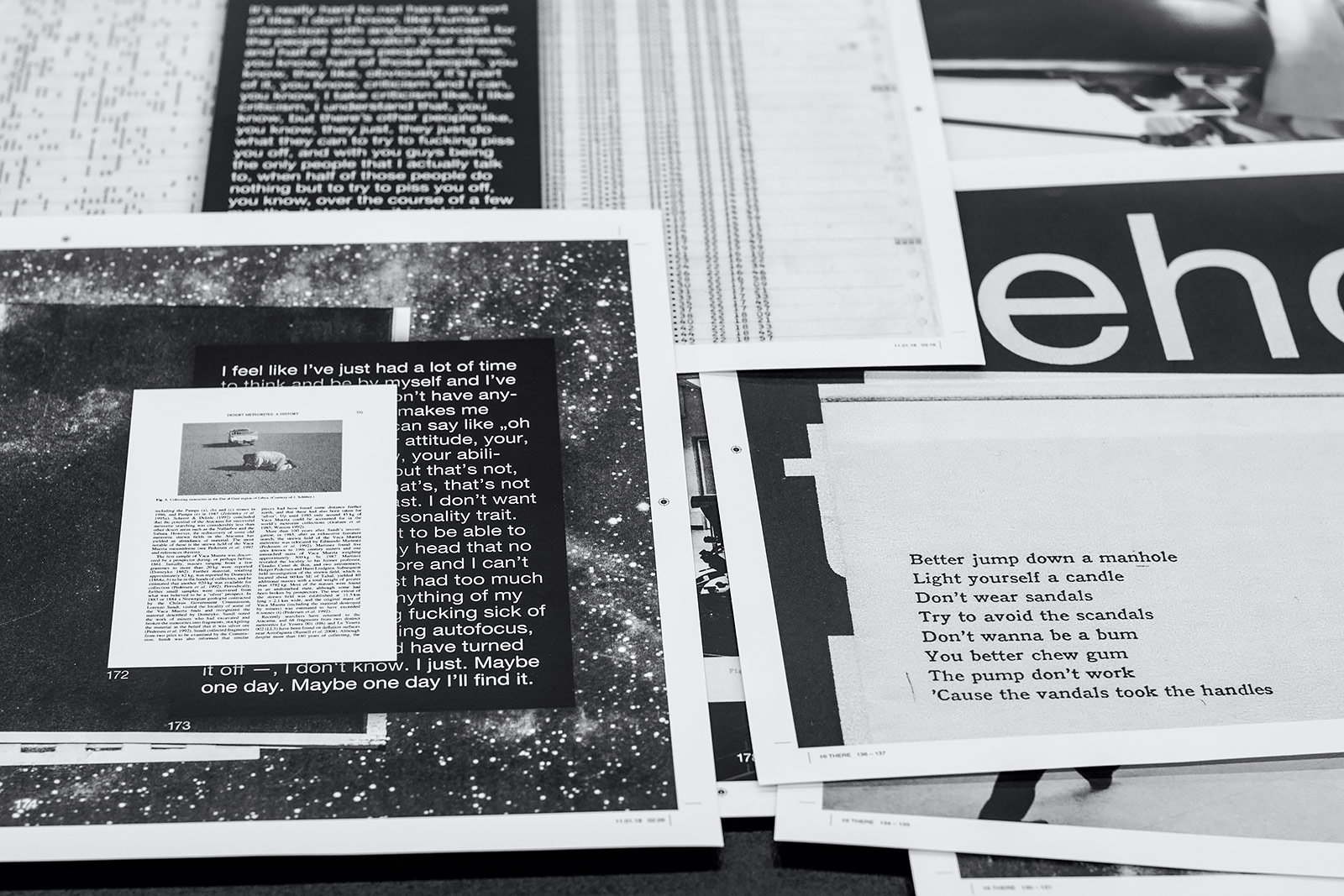
Hi There, Detail (83 Druckbögen auf Podest)

Hi There, Detail (83 Druckbögen auf Podest)

Hi There, Detail (83 Druckbögen auf Podest)
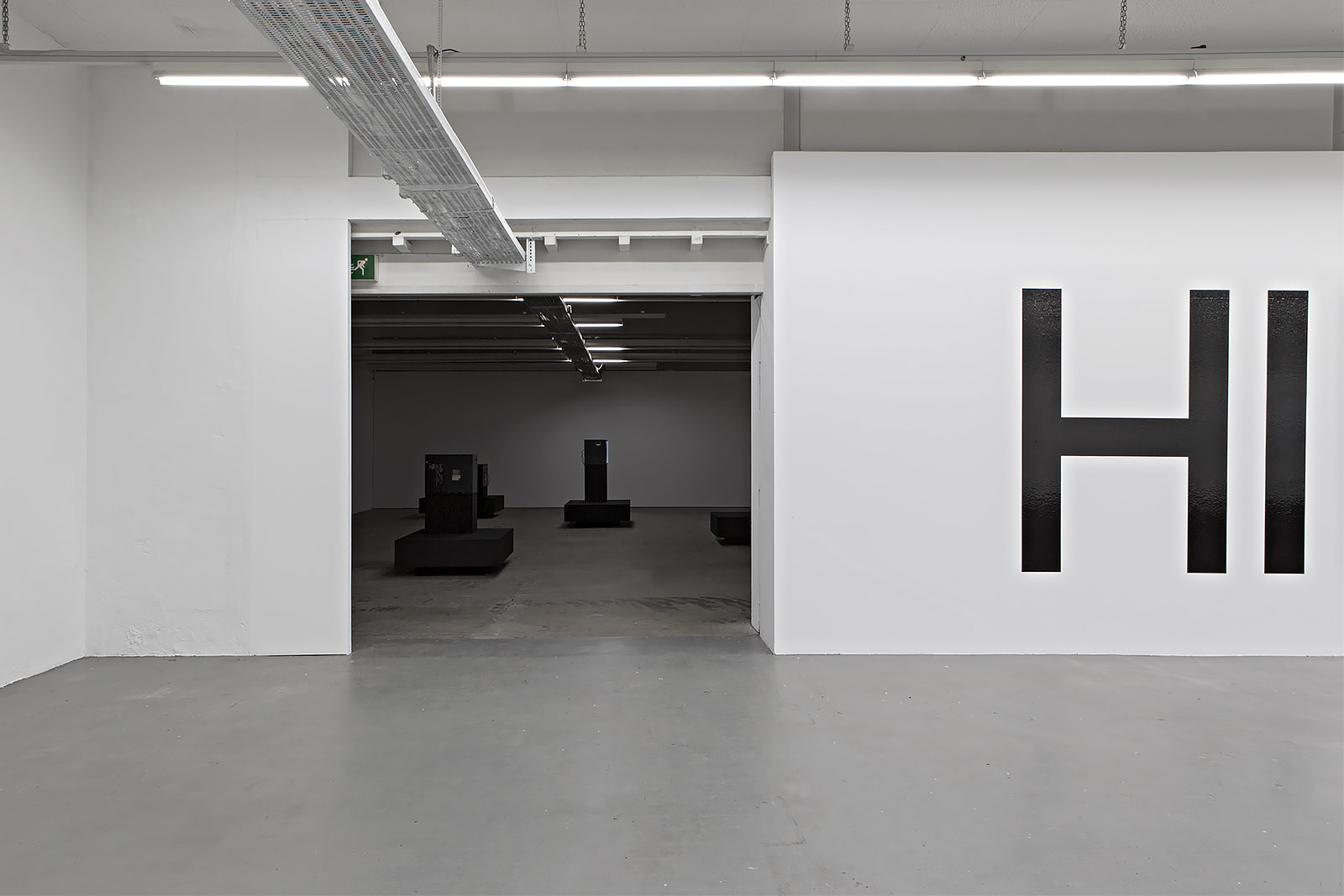
Hi There, Ausstellungsansicht Kunsthaus Baselland, Foto: Gina Folly
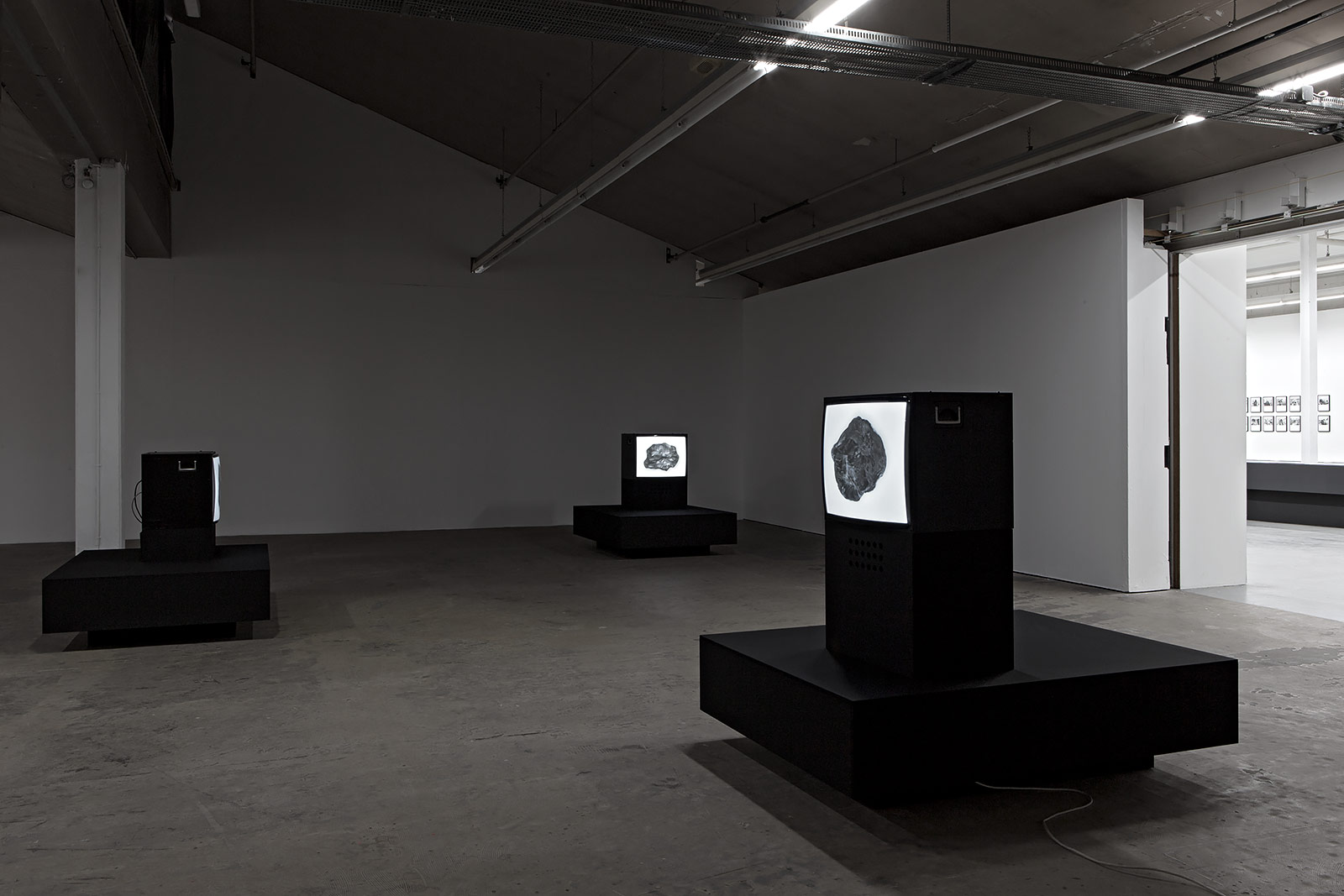
Streamers, Videoinstallation Kunsthaus Baselland, Foto: Gina Folly
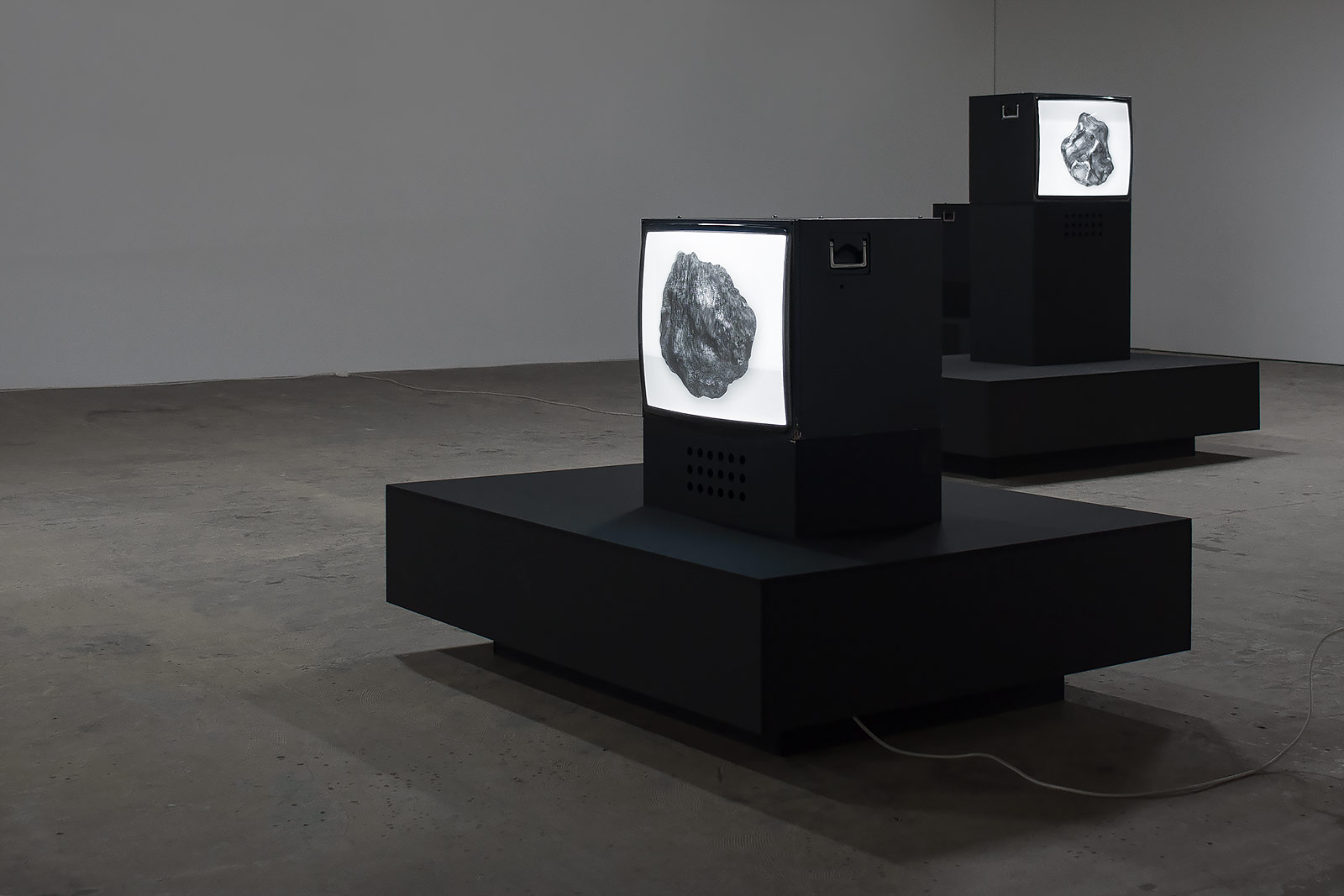
Streamers, Videoinstallation Kunsthaus Baselland
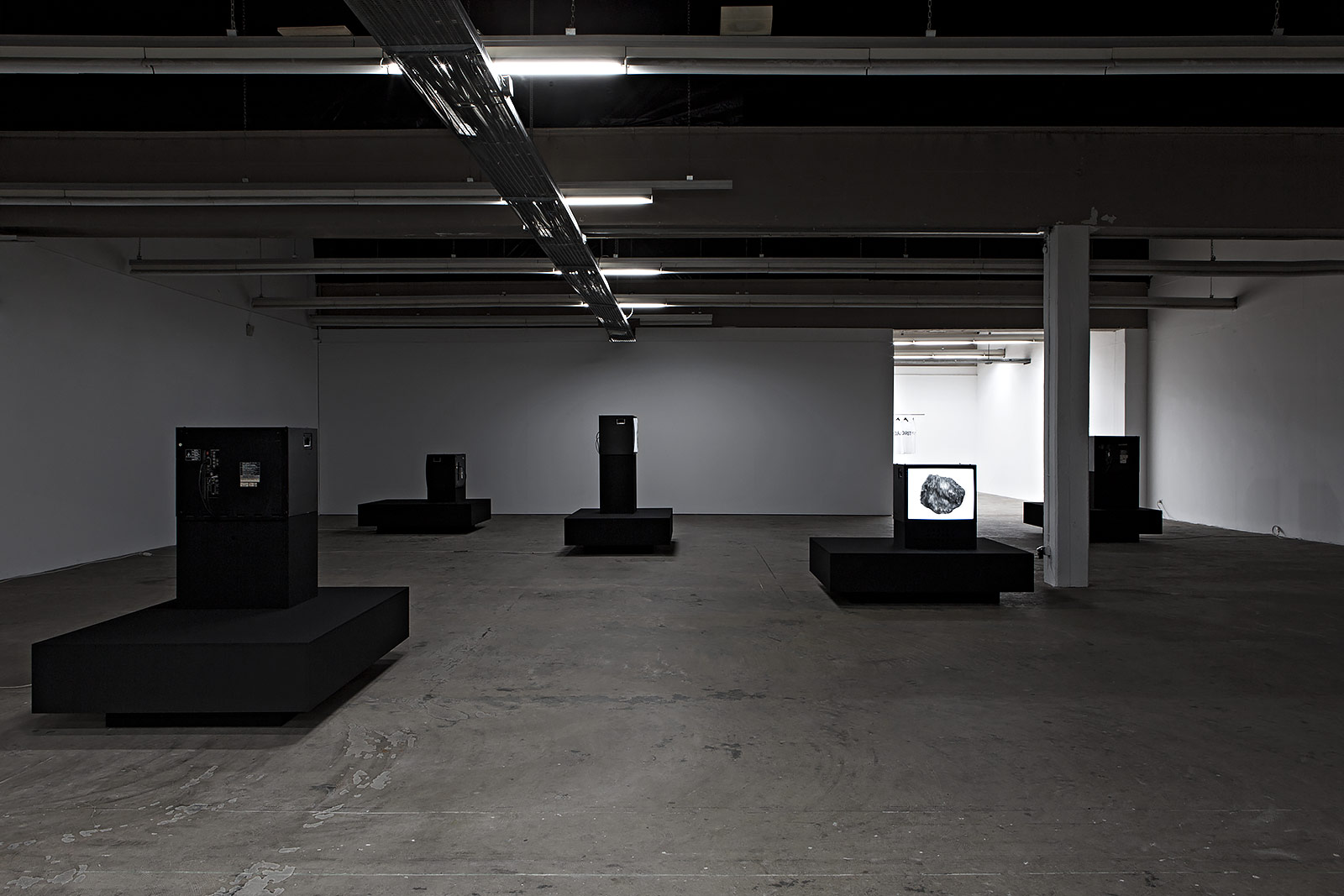
Streamers, Videoinstallation Kunsthaus Baselland, Foto: Gina Folly
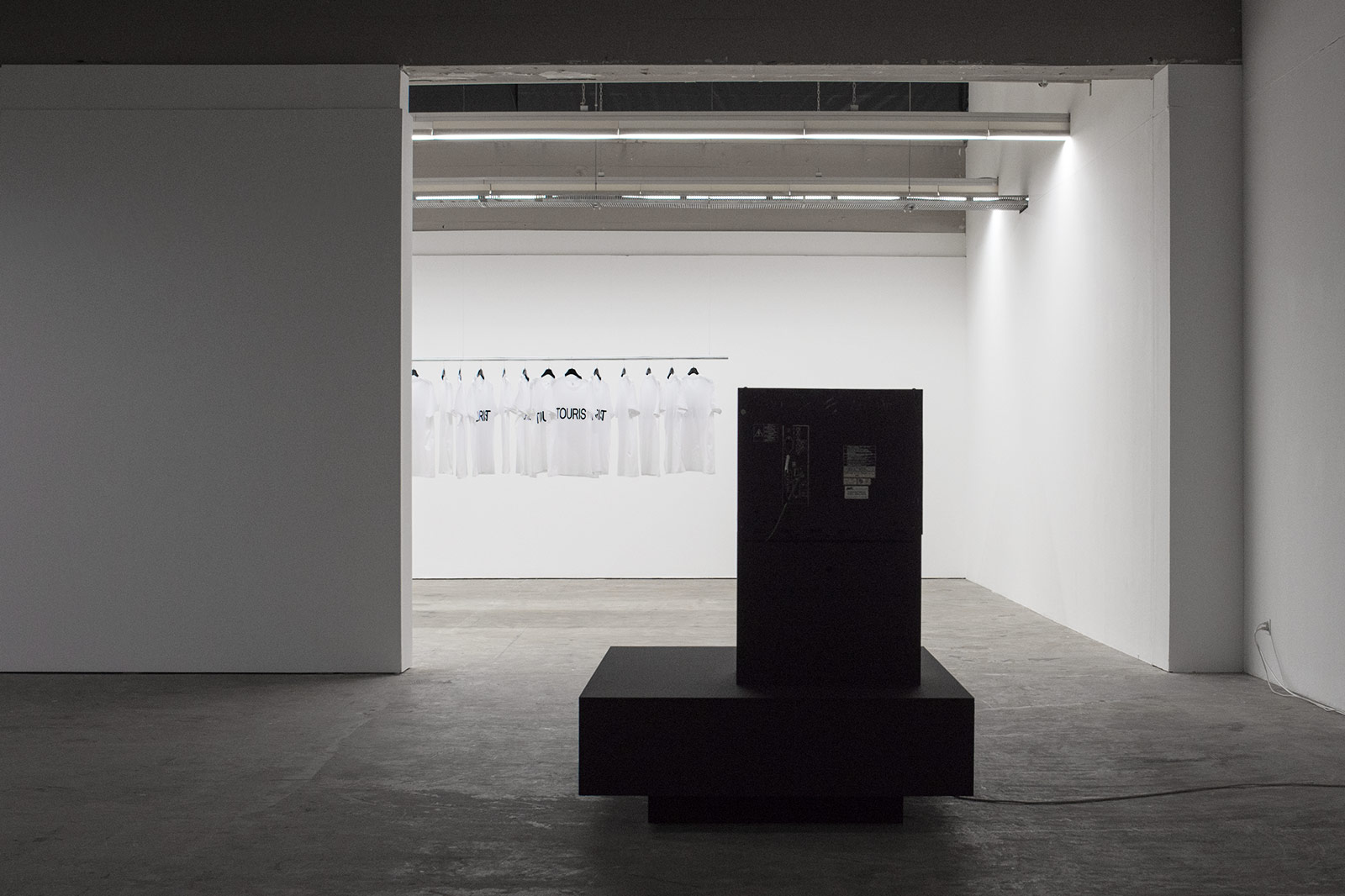
Tourists, Ausstellungsansicht Kunsthaus Baselland
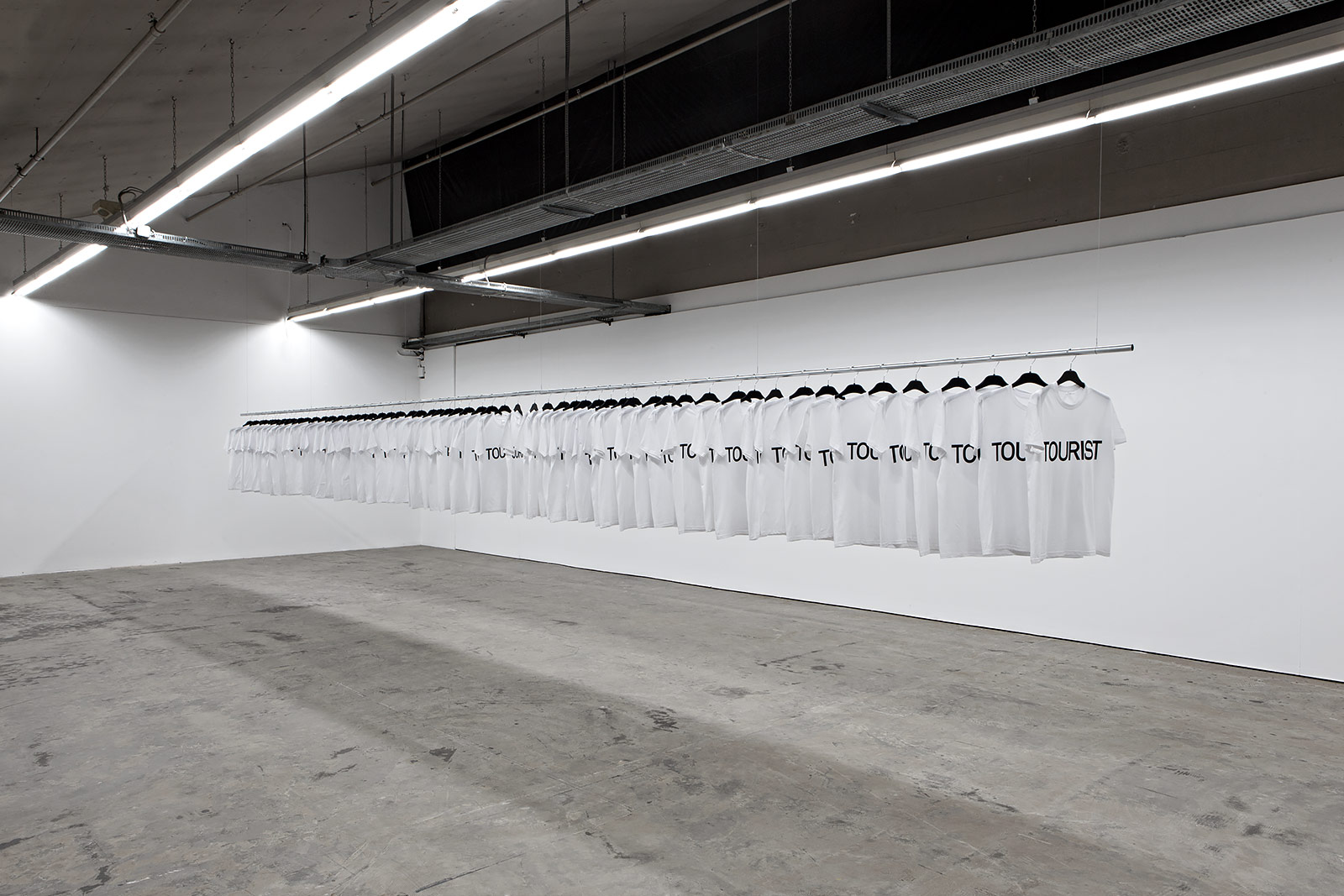
Tourists, Ausstellungsansicht Kunsthaus Baselland, Foto: Gina Folly

Tourists, Detail
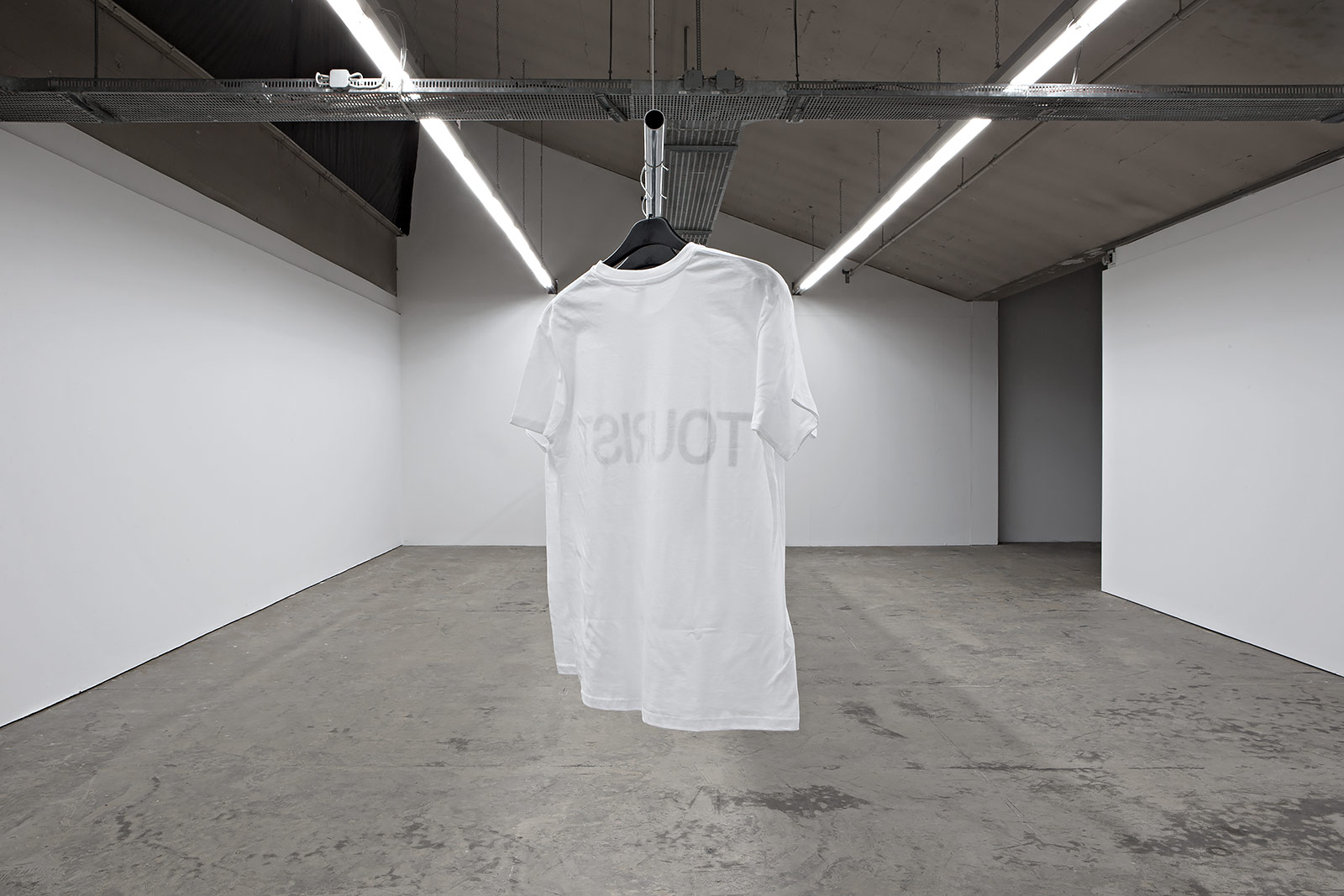
Tourists, Ausstellungsansicht Kunsthaus Baselland, Foto: Gina Folly
DE)
HI THERE. Schwarze grose Lettern empfangen die BesucherInnen. – Wir kennen diese Ansprache vor allem aus Spam Mails, Chatbots oder Videologs als informelle Begrüssung, die sich von unbekannter Seite an einen unbekannten Empfänger wendet. «Hi there, is there anybody out there?» Es ist diese Suche nach Interaktion mit dem Unbekannten da draussen, die Esther Hunziker in ihren Arbeiten beschäftigt. Dabei setzt sie das grosse Unbekannte ausserirdischer Formen in Bezug zu ganz irdischen, alltäglichen «alienartigen» Strukturen des Fremdseins in und um uns.
Auf der gesamten Ebene des Untergeschosses des Kunsthauses führt die Künstlerin den Besucher durch einen neuen Werkkomplex, in welchem Gegensätze wie das Unbekannte und Vertraute, das Nahe und Ferne, das Geistige und Körperliche, das Mechanische und Organische, aufeinanderprallen.
In der grossen Auslegeordnung von Druckbögen im ersten Raum gibt die Künstlerin Einblick in eine persönliche Assoziationskette, in der sie unterschiedlichste und dezentrale Quellen zu einer umfassenden Materialsammlung zum Thema «Alienation» zusammenträgt. Sie sucht darin nach Bezügen der Entfremdung in und um uns, – nach sozialer Entfremdung und Isolation im Zeitalter vernetzter, digitaler Kommunikation und fremden, uns unbekannten, ausserirdischen Formen und Vorstellungen. Die Marxsche Theorie der Entfremdung trifft hier auf Gefühlsströme junger YouTube Streamer, Aufzeichnungen von Meteoriteneinschlägen stehen Bildern anonymer Laborräume gegenüber, Forschungsansätze aus der Exobioloie vermischen sich mit Textbeispielen anonymer Chatbots, narzisstische Selfies beziehen sich auf Artefakte unbekannter Spezimens, Aufnahmen eigener Arbeitsskizzen stossen auf standardisierte Stock Fotografien ... Das Fremde trifft auf das Wohlbekannte, das Rätselhafte auf das Benennbare.
«Das wissenschaftliche Projekt SETI (Search for Extraterrestrial Intelligence),« so die Künstlerin im Gespräch, «sucht seit Jahren das Weltall nach extraterrestrischen Signalen ab, und sie haben das gleiche Problem wie wir, – das grosse Rauschen. Wie erkennt man relevante Signale, wenn alle Frequenzen besetzt sind?» Das grosse Rauschen wird denn auch im zweiten Raum spürbar. Auf sechs Monitoren sind objektartige Wesen zu sehen, die alle gleichzeitig sprechen. Ihre Körper erinnern an Steinformationen oder fremde Meteoriten, ihre Sprache hingegen ist menschlich, banal und alltäglich. Es ist ein Stimmengewirr aus original Audiospuren von aktuellen Video-Streams, Texte von realen Menschen, die Kameras auf sich selbst richten und ihre Gefühle mitteilen, welche sie online jederzeit mit jedem und niemandem im spezifischen teilen. Esther Hunziker entnimmt diese «Gefühle» aus den nonstop Strömen der globalen Netzwerke und gibt der Sprache einen neuen Körper. Sie nennt ihre Hybridwesen «Spezimens», sogenannte wissenschaftliche Exemplare, die sie in den Monitoren konserviert und als «fremde» Objekte präsentiert.
Dezidiert verhandelt Hunziker im Zeitalter der Digitalisierung wie sich Realität und Fiktion immer mehr vermischen, Identitäten austauschbar erscheinen und sich mit anderen permanent abgleichen lassen. Es ist der virtuelle Exhibitionismus der Netzsubjekte, der sich in den gesprochenen Texten der Video Blogger widerspiegelt — eine konstante Suche nach dem «Ich im Netz», nach der Zugehörigkeit «in der Welt».
Wir alle sind Touristen, die wir uns an einem Ort befinden, ohne von diesem Ort zu sein, in einer Art Transit-Raum, in einer Art Transit-Zeit. – HI THERE!
EN)
HI THERE. Large black letters meet the visitors. This address is familiar, particularly from spam emails, chatbots or vlogs: an informal greeting from an unknown person, directed to an unknown receiver. "Hi there, is there anybody out there?" This quest for interaction with unknown others "out there" is what engages Esther Hunziker in her work. In this work she creates a relationship between huge, unknown extra-terrestrial forms and fully terrestrial, everyday "alien-like" structures of being foreign, in and around us.
She leads visitors through a new series of works that fills the whole lower floor of the Kunsthaus. Here opposites such as the unknown and the familiar, the near and far, the intellectual and the physical, and the mechanical and the organic collide.
In the first space, with a large overview of printed pages, the artist allows us insight into a personal chain of associations, in which she brings together widely varying and decentralised sources to form a comprehensive collection of material on the topic of "alienation." In this she looks for connections to estrangement both within and around us: social estrangement and isolation in the age of networked, digital communication, as well as unfamiliar, foreign forms and ideas. Here the Marxist theory of alienation meets young YouTube streamers’ flow of emotions, illustrations of meteorite impacts contrast with images of anonymous laboratories, research approaches from exobiology are mixed with texts from anonymous chatbots, narcissistic selfies are related to artefacts from unknown specimens, and photographs of the artist’s own sketches bump into standardised stock photography… The foreign meets the well-known; the puzzling meets the identifiable.
"For years the scientific project SETI (Search for Extraterrestrial Intelligence) has been searching space for extra-terrestrial signals," says the artist, "and they have the same problems we do—the mass of noise. How can you recognise relevant signals when all the frequencies are blocked?" The mass of noise can be sensed in the second gallery. Object-like beings appear on six monitors, all of them speaking at the same time. Their bodies are like stone formations or strange meteorites, while their language is human, banal and quotidian. This is a babble of voices from original audio tracks on real video streams: texts from real people, who point the cameras at themselves and express their feelings, which they share online at any time with anyone and no one in particular. Esther Hunziker borrows these "feelings" from the nonstop stream of global networks and gives the language new bodies. She calls her hybrid beings "specimens," so-called scientific paradigms, which she conserves and presents as "foreign" objects on the monitors.
In the age of digitalisation Hunziker comes decisively to terms with how reality and fiction increasingly intermingle, and how identities appear to be interchangeable and can always be compared with others. This is the virtual exhibitionism of the online subject reflected in the vloggers’ spoken texts: the continual search for the "online I," for belonging "in the world."
We are all tourists who find ourselves in a place, without being from this place, in a kind of transit-space, in a kind of transit-time. – HI THERE!
The exhibition was supported by:
Aargauer Kuratorium, Erst und Olga Gubler-Hablützel Stiftung, Stiftung Erna und Curt Burgauer